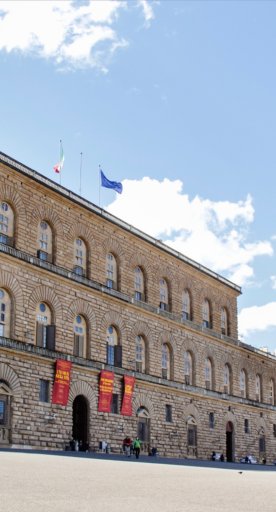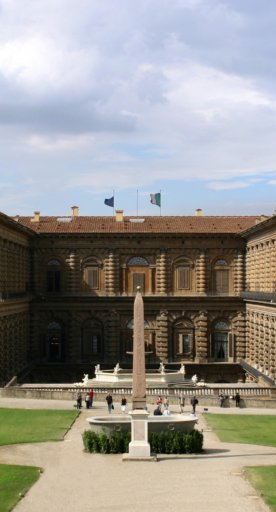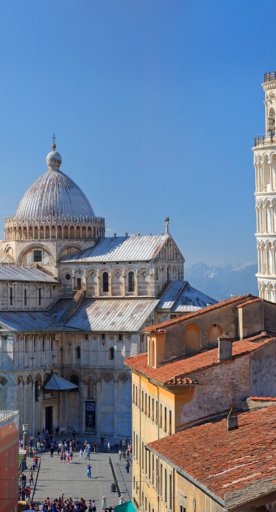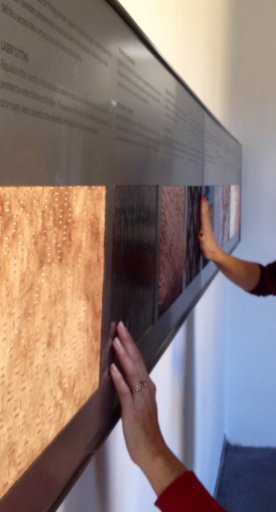Valtiberina, Castles and Churches
History and religion come together in this landscape, which stretches from Anghiari to Caprese Michelangelo
The natural beauties of the Tuscan Valtiberina have always included little parish churches, castles and country residences, which come together to suggest a blend of scenery and civilisation. This area invites reflection and offers some extraordinary trails off the beaten track, where one can touch the stones marked by forgotten or anonymous artists and architects.

An example of this is the Castello di Montauto, in the territory around Anghiari. It seems that the castle was built originally between 1170 and 1180, and probably hosted Saint Francis on his pilgrimages from the Sanctuary at La Verna. It is said, indeed, that the saint left his friar’s habit here, which was then purloined in 1503 by the Florentines, tricking their way into the castle and then making off with the precious relic.
A line of fortifications, dating from the Lombard era, flanks the right bank of the Sovara river. It includes the castles of Galbino, Pianettole and Verrazzano, much like the castrum of Toppole, all standing only a few kilometres from each other.
Near Toppole, a dirt track leads to Badia San Veriano, an important Romanesque parish church a short walk away from a truly spectacular panoramic view over the Valtiberina.

The road from Anghiari to Caprese Michelangelo, meanwhile, is marked by the parish church of Santa Maria a Micciano. In Caprese Michelangelo itself we find another parish church, that of San Cassiano, whose simpler plan was laid in 1061 near the ancient via Ariminensis, which connected Arezzo to Rimini.
The abbey of San Michele Arcangelo, which is found at Badia Tedalda in the upper Valmarecchia, along the ancient via Ariminensis, has a single nave and a belltower built over the apse. The beautiful Robbian terracottas of Benedetto and Santi Buglioni are the artistic standouts here.
We turn to the municipality of Pieve Santo Stefano, where the imposing twelfth-century castle of Brancialino looms over Lake Montedoglio, next to which stands the curious church of Santa Maria alla Pace, in Signano. The country church of San Pancrazio, meanwhile, suggests that the surrounding area was evangelised early, and also confirms a strong Byzantine presence.
As the centuries went by and defence and control became more luxuries than necessities, many castles were converted into elegant country residences, while others retained their ancient aspect and their grizzled menace. Many others, however, succumbed to the passing of time, but though today only the ruins remain, they still preserve their original numen. This is the case with the castle of Montedoglio, next to the lake, or that of Montautello, near Monterchi.

Other places with a reigning spirituality are reachable from Pieve Santo Stefano: the sixteenth-century Hermitage of the Madonna del Faggio and the Hermitage of Cerbaiolo, which was founded by Benedictines but was later donated to the Franciscan order. This little hermitage, a place of peace and silence, was built among the fortresses in imitation of the more famous La Verna sanctuary. It was destroyed by the retreating German forces in 1944 and completely rebuilt.
On a solitary hill a few kilometres from Sansepolcro, the Montecasale Hermitage was built in 1192, with its hospice and hospital making it a destination for pilgrims and wayfarers. Thanks to the bishop of Città di Castello, it was donated to Saint Francis, who stayed there in 1213 and again in 1224.
















































































